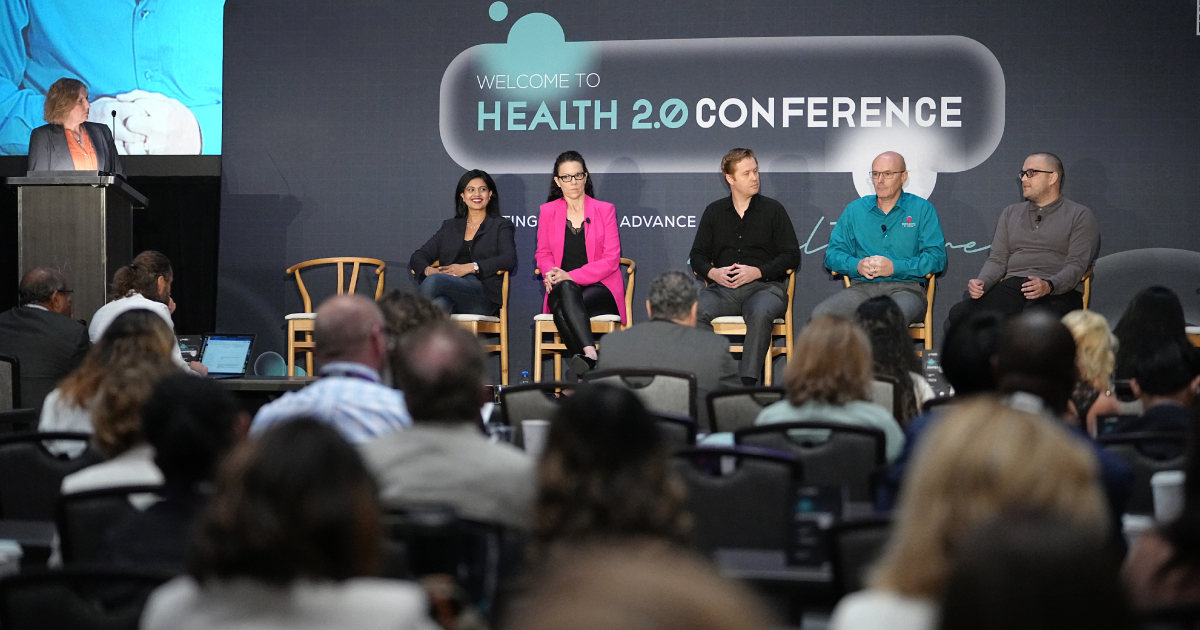The United States spends a considerable amount on healthcare services. This expenditure includes regular enhancements in nutrition plans, health policies, Public health services, and general healthcare facilities nationwide.
Though the U.S. has an expensive healthcare system, its provisions play an essential role in ensuring that access to healthcare is available across industries, regardless of income or status.
Healthcare events in the USA, like the Health 2.0 Conference, have attempted to consolidate the impact and recent statistics of U.S. healthcare services in schools and educational institutions and for the citizens in general. Drawing from the inferences and discussions from such events, this write-up encapsulates the fundamentals of School nutrition in the U.S., the policies established by the government for their benefit, and the existing data on national population health standards.
Nutrition In Schools And Its Implications
School nutrition, as the name suggests, refers to the food and beverage alternatives offered to children in classrooms. This includes meals served at lunch and breakfast, snacks sold in school stores and cafeterias, and vending machines. The main objective of school nutrition programs nationwide is to give children access to wholesome and healthy meal alternatives that can help them stay alert and focused all day.
What can and cannot be sold at schools is governed by laws and regulations in various nations, including the United States. For instance, the U.S. The Hunger-Free Kids Act of 2010 established nutritional guidelines for foods supplied in schools, including specifications for the permissible levels of fat, sugar, and salt in snacks and beverages.
Many schools offer outreach and teaching initiatives in addition to healthy food alternatives to teach children about proper Nutrition and healthy eating practices. Numerous healthcare conferences also share ways to enhance the standard of Nutrition provided in such institutes.
According to some of the top healthcare events in 2023, school nutrition plays a critical role in enhancing the health and well-being of students and helping to ensure that they have the motivation and focus they need to succeed in the classroom.
Importance Of Ensuring Adequate Nutrition In Schools
It is essential for children's physical, mental, and cognitive development that proper Nutrition is provided in schools. According to the Health 2.0 Conference, several factors make it crucial that students have proper Nutrition in schools, including:
- Supports educational achievement
- Encourages a healthy diet
- Addresses hunger pangs
- Assists in overall fitness
- Fosters community
Many healthcare events in the USA emphasize the necessity of healthy nutritional standards and spread awareness about them so that schools offer wholesome meals and encourage good eating practices among their students.
U.S. Policies That Promote School Nutrition

School nutrition policy refers to the laws, rules, and recommendations governing the selection of food and drinks that pupils have access to in schools. These regulations aim to encourage robust eating practices and lower students' likelihood of diet-related illnesses and ensure that all students, regardless of their family's income, have access to healthy, balanced meals that meet their nutritional needs.
The United States has implemented several policies to ensure that children in schools have access to nutritious foods. These policies help create an environment in which students are more likely to make healthy food choices and develop healthy habits that can last a lifetime.
The main agenda of top healthcare events in 2023 is to discuss some of the critical federal school nutrition policies and various efforts made by the U.S. government to ensure healthy school nutrition policies. These include-
-
Special Supplemental Nutrition Program for Women, Infants, and Children (WIC):
Low-income pregnant women, new mothers, and kids can get support and instruction about ideal Nutrition through the WIC program. To assist families in making good food decisions, the program offers fruit and vegetable alternatives and nutritional awareness to various educational institutions.
-
Fresh Fruit and Vegetable Program (FFVP):
The FFVP donates fresh produce to schools in low-income communities to improve kids' consumption of these nutritious meals. The program attempts to improve students' eating habits and foster a better learning environment.
-
National School Lunch Program (NSLP):
The NSLP offers qualified public and nonprofit private school students nutritionally balanced, low-cost, or free lunches. The program's goal is to ensure that kids eat wholesome meals while at school so they don't miss out on essential nutrients in their daily meals and overall diet.
-
School Breakfast Program (SBP):
This program was created to guarantee that kids enjoy a healthy start to the day and is extended towards nonprofit private schools. In this program, children can get nutrient-balanced breakfast instead of unhealthy snacks or casual meals with less nutritional value.
What Do These Policies Aim To Address?
As discussed by various speakers and educationists in healthcare events in the USA, these guidelines aim to alter the inclusion of food items and nutritional standards in meal programs, Vending machines, and school stores.
Many healthcare conferences today also discuss the additional benefits of these policies in adding factual information to the Nutrition education programs in school curriculums. Overall, promoting good eating habits and lowering the likelihood of diet-related health issues among students are made possible in large part by school nutrition policies.
Population Health And Nutrition in the U.S.

The term "population health" describes the physical health of a specific population, such as a particular geographic area, ethnic group, or age range. It includes many elements that can affect one's health, such as access to medical treatment, finances, education, social and physical surroundings, and the actions and lifestyle decisions one makes.
Population health programs by the government aim to enhance a population's general health and well-being, lessen health disparities, and advance health equity. The Health 2.0 Conference suggests several interventions, such as the following, that can be used to accomplish this goal:
-
Addressing social determinants of health:
Social variables like education, access to healthy dietary options, and poverty can significantly impact health. Population health can be increased by addressing these determinants and enabling equitable distribution of resources.
-
Monitoring and tracking health outcomes:
A population's health outcomes can be regularly monitored and tracked, which can assist in locating problem regions and direct public health measures.
-
Creating supportive environments:
The physical and social surroundings where people reside, work, and play can be improved, which would benefit overall population health.
Population health is a multidisciplinary strategy for enhancing a particular population's health and well-being. It can aid in reducing health disparities and promoting health equity for all by addressing a wide variety of issues that impact health.
Recent Health Policies In the U.S.

Laws, rules, and guidelines governing the healthcare system and those governing access to healthcare services and treatments across various industries constitute the United States health policies. Top healthcare events in the USA, like the Health 2.0 Conference, explain the current policies that significantly impact the health of the U.S. population. These consist of the following:
-
Mental Health Parity and Addiction Equity Act (MHPAEA):
According to this federal law, health insurance companies aim to cover mental health and substance use services equally with medical and surgical services. The act aims to eliminate discrimination in the treatment of substance use disorders and mental health issues by requiring health insurance plans to provide coverage for these conditions that are equal to the coverage they provide for physical health conditions.
-
Affordable Care Act (ACA):
The Affordable Care Act was passed to expand access to healthcare and bring down costs. The ACA made it mandatory for most people to have health insurance, extended Medicaid eligibility, and created health insurance exchanges.
-
Food and Drug Administration (FDA) policies:
The FDA is responsible for safeguarding public health by ensuring that food is safe, drugs and other products are effective and safe, and medical devices are safe and effective. The FDA works closely with other government agencies, industry, and consumer groups to carry out its mission, and it is one of the world's most respected regulatory agencies.
-
National Institutes of Health (NIH) policies:
The NIH is one of the world's largest funding organizations for biomedical research, with an annual budget of over $40 billion. The mission of the NIH is to improve population health by conducting and supporting research to enhance understanding of biological systems, disease processes, and the development of new treatments.
Conclusion -
Healthy citizens lead to a healthy nation. To maintain the well-being of the overall population and the youth, the U.S. government has made access to nutritious food possible in schools and promoted healthy eating habits for everyone.
To discover more insightful details about the Healthcare Industry, visit the Health 2.0 Conference, which shares insightful details about various health issues and trends in the industry that ensure that future generations are energetic, productive, and able to reach their full potential.

















